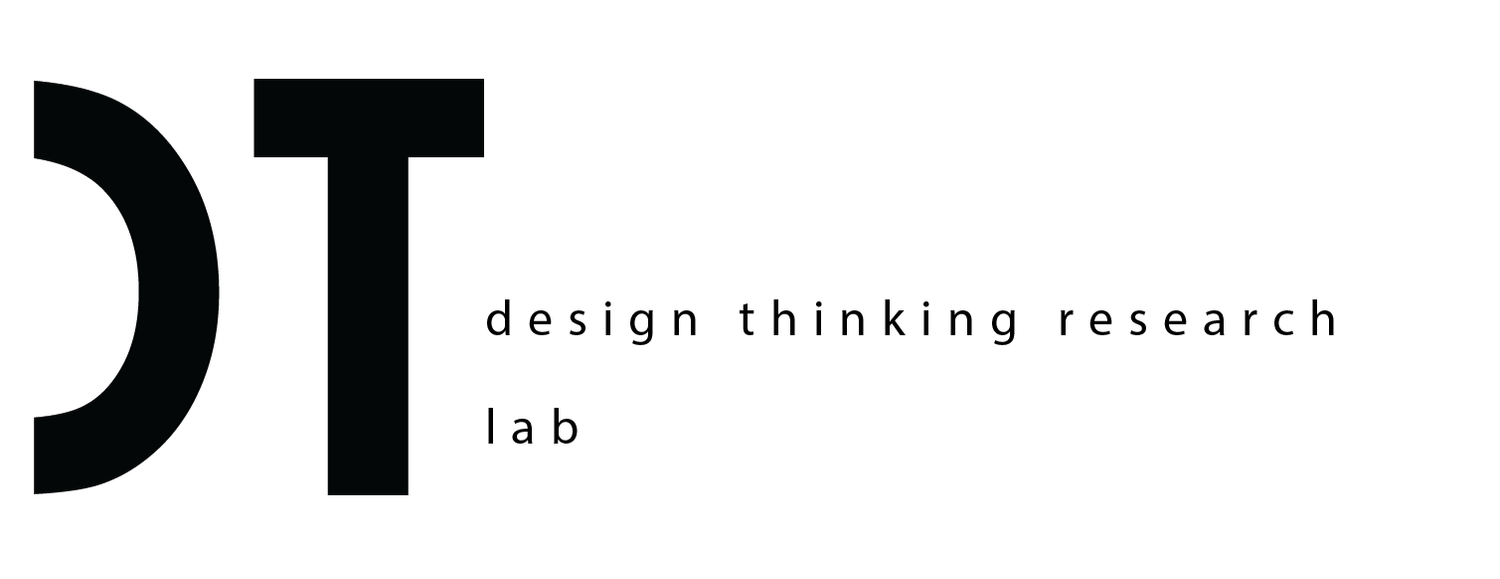Course Overview
DHE201 Design Thinking | Undergraduate
Reflecting the integrated nature of the DHE, the course offers introductions to Integrated Industrial Design, Affective and Human Engineering and Engineering Design. What is a designer, engineer or ergonomist? What roles and responsibilities do these three disciplines play in the development of new products? How does the integration of knowledge from across these three fields result in designerly approaches to complex problems? Students learn some of the fundamental methodologies of industrial design, human factors and engineering design through lectures, studio classes, practical assignments and presentations.
Course objectives
Gain an awareness of some of the fundamental principles and methodologies that inform the practices of industrial design, human factors and engineering.
Apply this new knowledge to the design of a simple, low-fidelity product.
Develop an understanding of an interdisciplinary approach to problem solving.
Develop interpersonal skills through collaboration with peers to create innovative ideas.
By the end of the course students will have developed knowledge and understanding of:
Some of the fundamental principles and methodologies employed by designers, engineers and ergonomists.
The ways in which these principles can be deployed in addressing complex problems.
Teaching apporach
The class is a combination of introductory lectures, which loosely follow the design process, special seminar sessions, introducing the kinds of working practices and methodologies employed across the DHE and practical studio classes, providing students hands-on opportunities to apply their learning to a short design project. Some of the topics touched upon during the course will include but are not limited to: intros to physical & cognitive ergonomics, experimental design, colour engineering, concept selection, CAD/CAM/CAE, ill-defined design problems, techniques of design representation and design inspiration.
Student outcomes
Within interdisciplinary team work students are required to address a typically ill-defined design problem through the application of their learning. Finally, student groups reflect upon their own learning experience and development through
Course related outcomes
- Self, J., Baek, J (2016) Interdisciplinarity in Design Education: Understanding the undergraduate student experience. International Journal of Technology and Design Education, pp 1-22 (published, online first), Springer, SCI. h-index: 22, IF: 0.429. ARTICLE
- Registured Patent | Utility Model-DISPOSABLE SCOOP | 20-2013-0007682, 20-0476880

